Fatemeh Jahedpari
Continuous Artificial Prediction Markets as a Syndromic Surveillance Technique
Sep 01, 2020
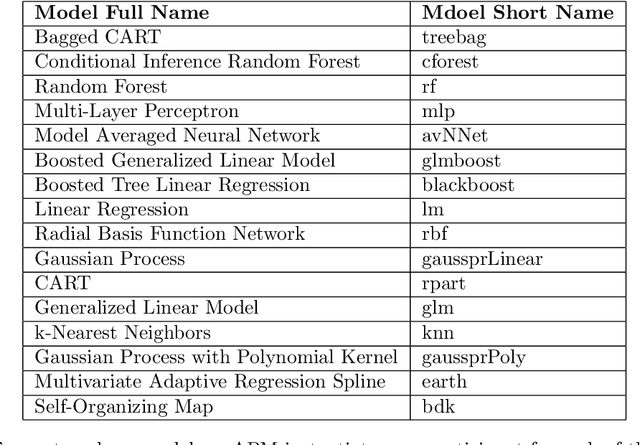
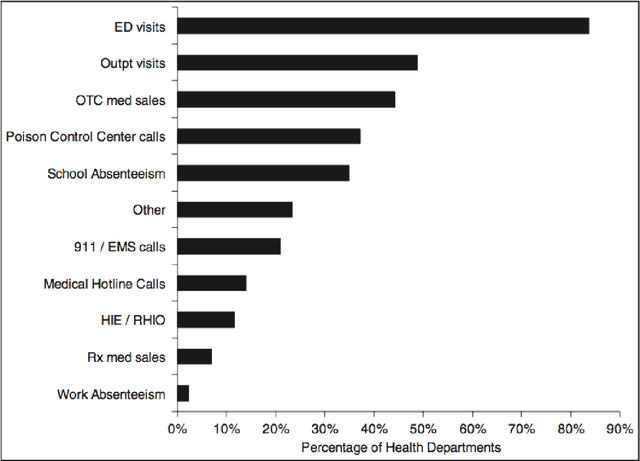
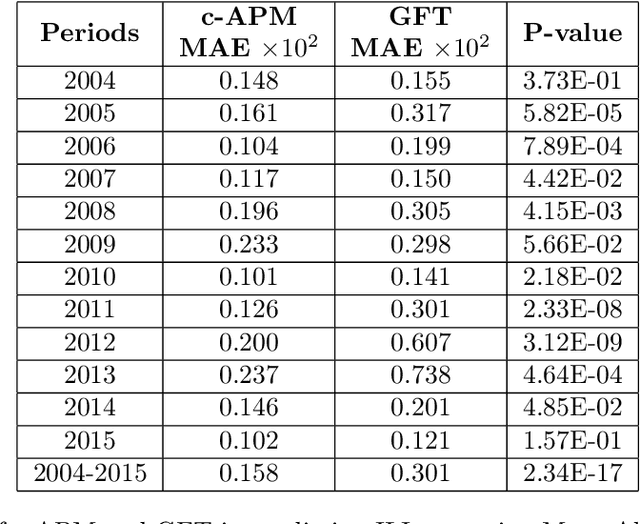
Abstract:The main goal of syndromic surveillance systems is early detection of an outbreak in a society using available data sources. In this paper, we discuss what are the challenges of syndromic surveillance systems and how continuous Artificial Prediction Market [Jahedpari et al., 2017] can effectively be applied to the problem of syndromic surveillance. We use two well-known models of (i) Google Flu Trends, and (ii) the latest improvement of Google Flu Trends model, named as GP [Lampos et al., 2015], as our case study and we show how c-APM can improve upon their performance. Our results demonstrate that c-APM typically has a lower MAE to that of Google Flu Trends in each year. Though this difference is relatively small in some years like 2004 and 2007, it is relatively large in most years and very large between 2011 and 2013.
Artificial Prediction Markets for Online Prediction of Continuous Variables-A Preliminary Report
Aug 11, 2015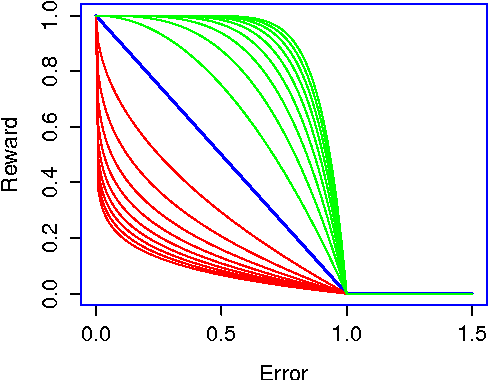

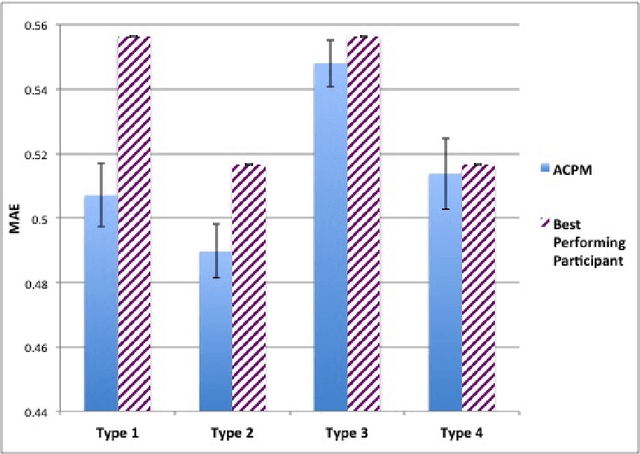
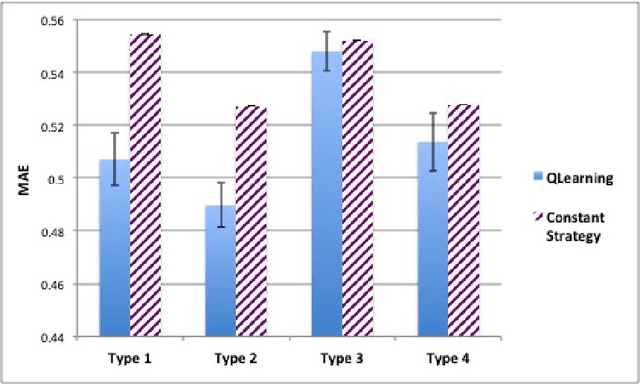
Abstract:We propose the Artificial Continuous Prediction Market (ACPM) as a means to predict a continuous real value, by integrating a range of data sources and aggregating the results of different machine learning (ML) algorithms. ACPM adapts the concept of the (physical) prediction market to address the prediction of real values instead of discrete events. Each ACPM participant has a data source, a ML algorithm and a local decision-making procedure that determines what to bid on what value. The contributions of ACPM are: (i) adaptation to changes in data quality by the use of learning in: (a) the market, which weights each market participant to adjust the influence of each on the market prediction and (b) the participants, which use a Q-learning based trading strategy to incorporate the market prediction into their subsequent predictions, (ii) resilience to a changing population of low- and high-performing participants. We demonstrate the effectiveness of ACPM by application to an influenza-like illnesses data set, showing ACPM out-performs a range of well-known regression models and is resilient to variation in data source quality.
 Add to Chrome
Add to Chrome Add to Firefox
Add to Firefox Add to Edge
Add to Edge